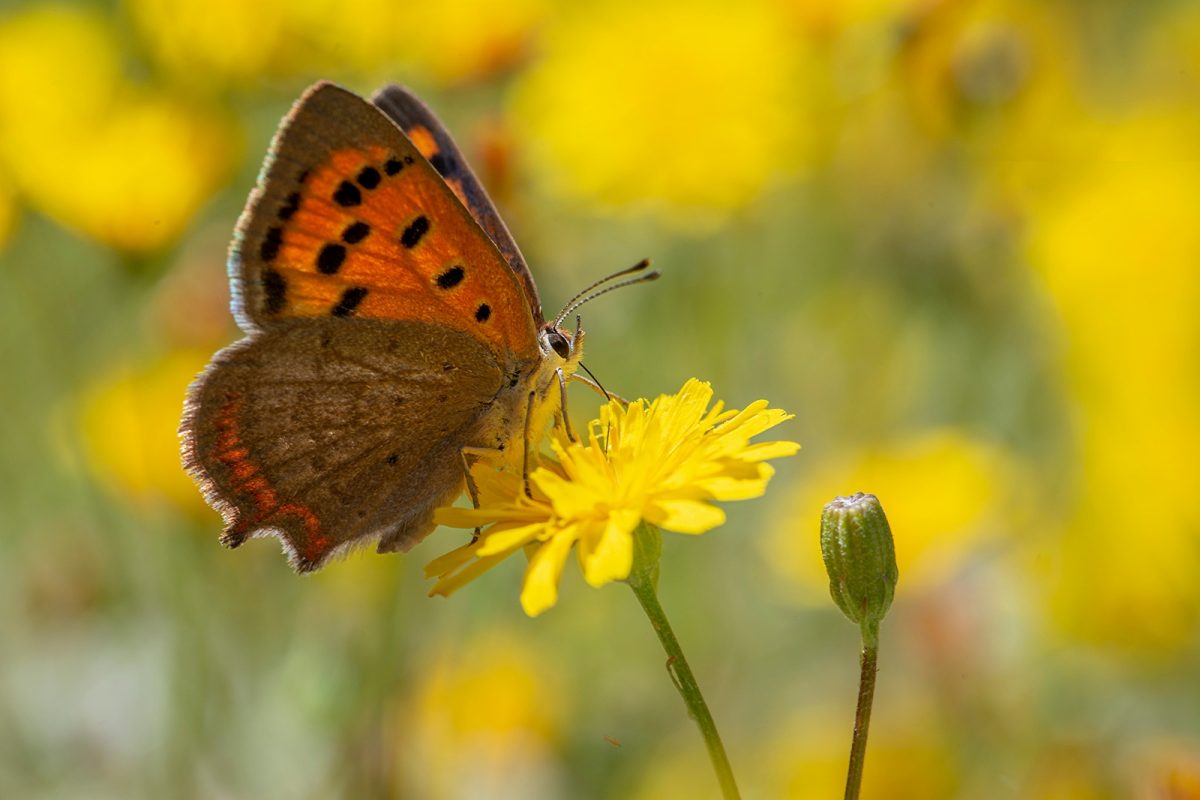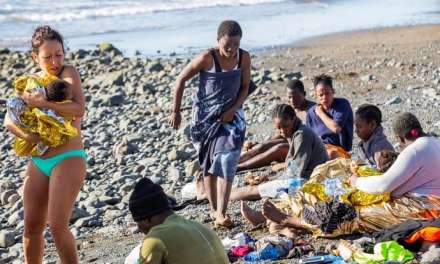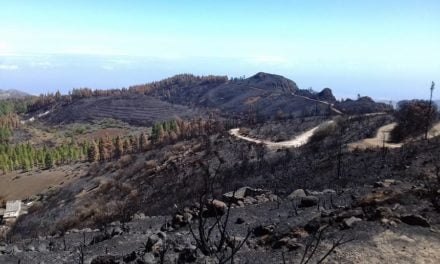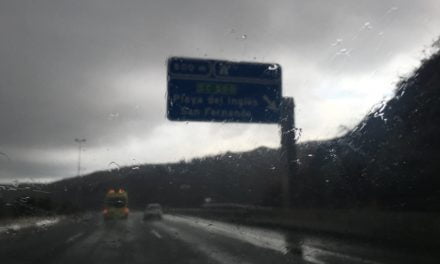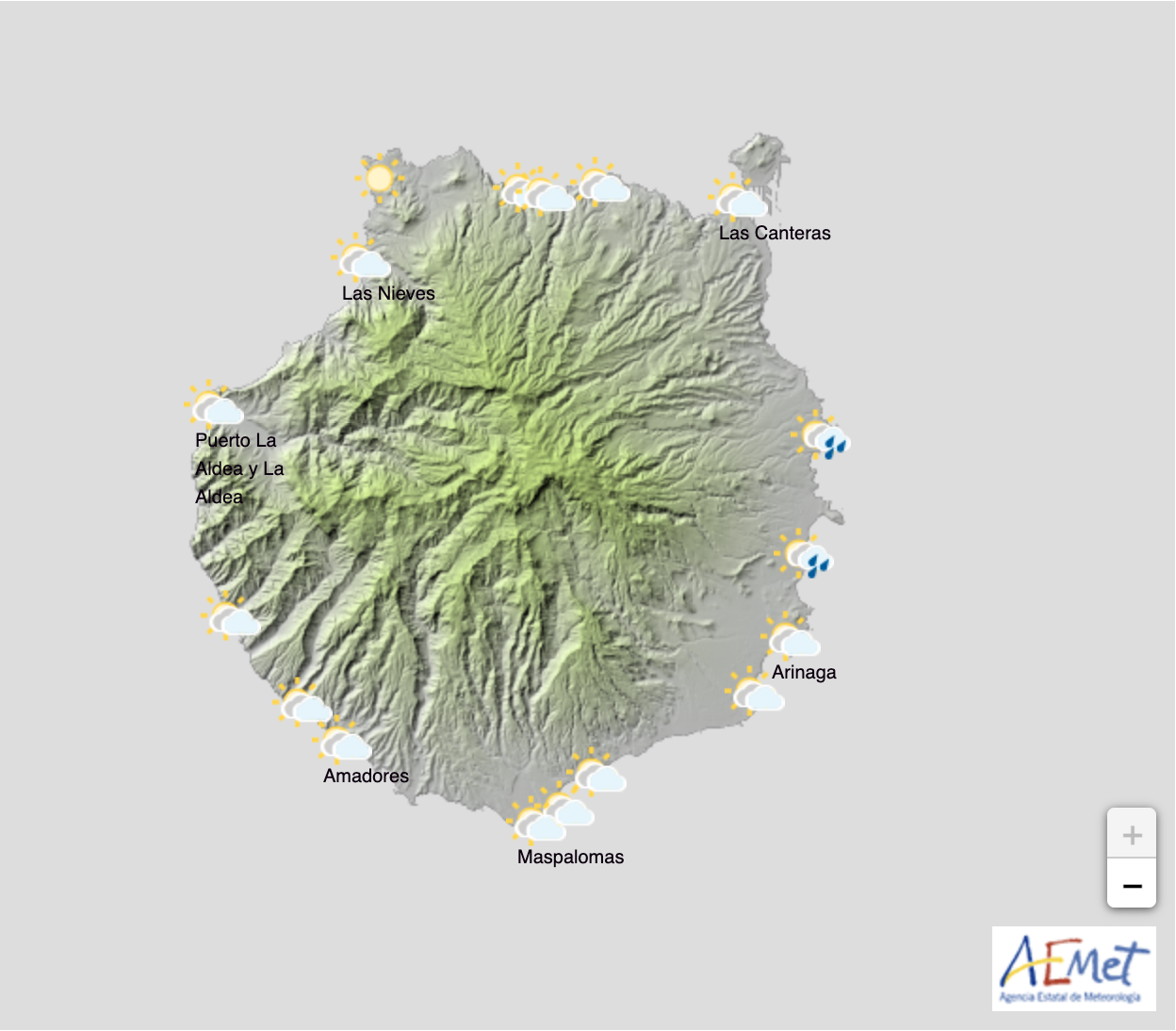The Ministry of Ecological Transition, Fight against Climate Change and Territorial Planning of the Canary Islands Government has updated the information of the Canary Islands Biodiversity Data Bank (BIOTA), registering a total of 31 new species throughout the first quarter of 2020 in the Archipelago, which have been added into the official registry of wild species of the Canary Islands.
950 new photographs of animals and plants have been added to the database, in addition to the more than 10,000 existing, giving a new boost to the image gallery. The updated information includes about 8,000 new geographical records.
BIOTA is part of the Canary Islands Natural Inventory Bank (BIOCAN), an application that integrates and gives access to the different data banks on biodiversity and distribution of wild species in the Canary Islands. All the information is available https://www.biodiversidadcanarias.es/biota/.
Councilor, José Antonio Valbuena, highlights that this work “favours the protection of the environment”, while providing an official “list of all the native flora and fauna of the Canary Islands with a high level of detail”. Likewise, it encourages “the dissemination among citizens of our rich and exclusive natural heritage.”
Both the BIOCAN platform and the Canary Islands Biodiversity Data Bank are projects co-financed with FEDER funds, within the framework of the Canary Islands region’s operational program for the application of the European Regional Development Fund (PO FEDER Canarias 2014-2020), promoted in line with the EU’s Biodiversity Strategy for 2020.
Eleven of the new species registered are new to science, so they constitute new Canarian endemisms, to add to the more than 4,000 known so far. In addition, many of them are invertebrates, a group of very diversified and less known living beings. The discovery of exclusive species on the islands occurs at an estimated rate of a new species described every six days over recent decades.
Each data entered in the BIOTA is georeferenced through a cartographic viewer integrated in the data bank itself. This is one of the great potentialities of the platform, since it not only allows visualizing the distribution of each species, but also makes it possible to carry out territorial analyzes of the distribution of biodiversity, with all the applications that this has.
The recorded data has now been extracted from a hundred technical and scientific documents covering different groups of animals and plants. Among them, there is information on various exotic species and protected species, two groups of special relevance and priority, from the point of view of the conservation of the natural environment and the archipelago’s biodiversity.
A team of four biologists work uninterruptedly recording all the new information that is being generated on the biodiversity of the Canary Islands, supervised at all times by a network of specialists in the different groups. So far, more than a hundred scientists and experts from the islands and around the world have collaborated in this work, a fundamental task to maintain maximum rigour in the database.
The Canary Islands Biodiversity Data Bank (BIOTA) gathers information on all the wild species of the Canary Islands, both marine and terrestrial, and includes distribution, image and taxonomic data on more than 20,000 Canary species. In addition, it has powerful tools to carry out territorial analyzes and obtain maps of species richness and rarity, among other possibilities.

